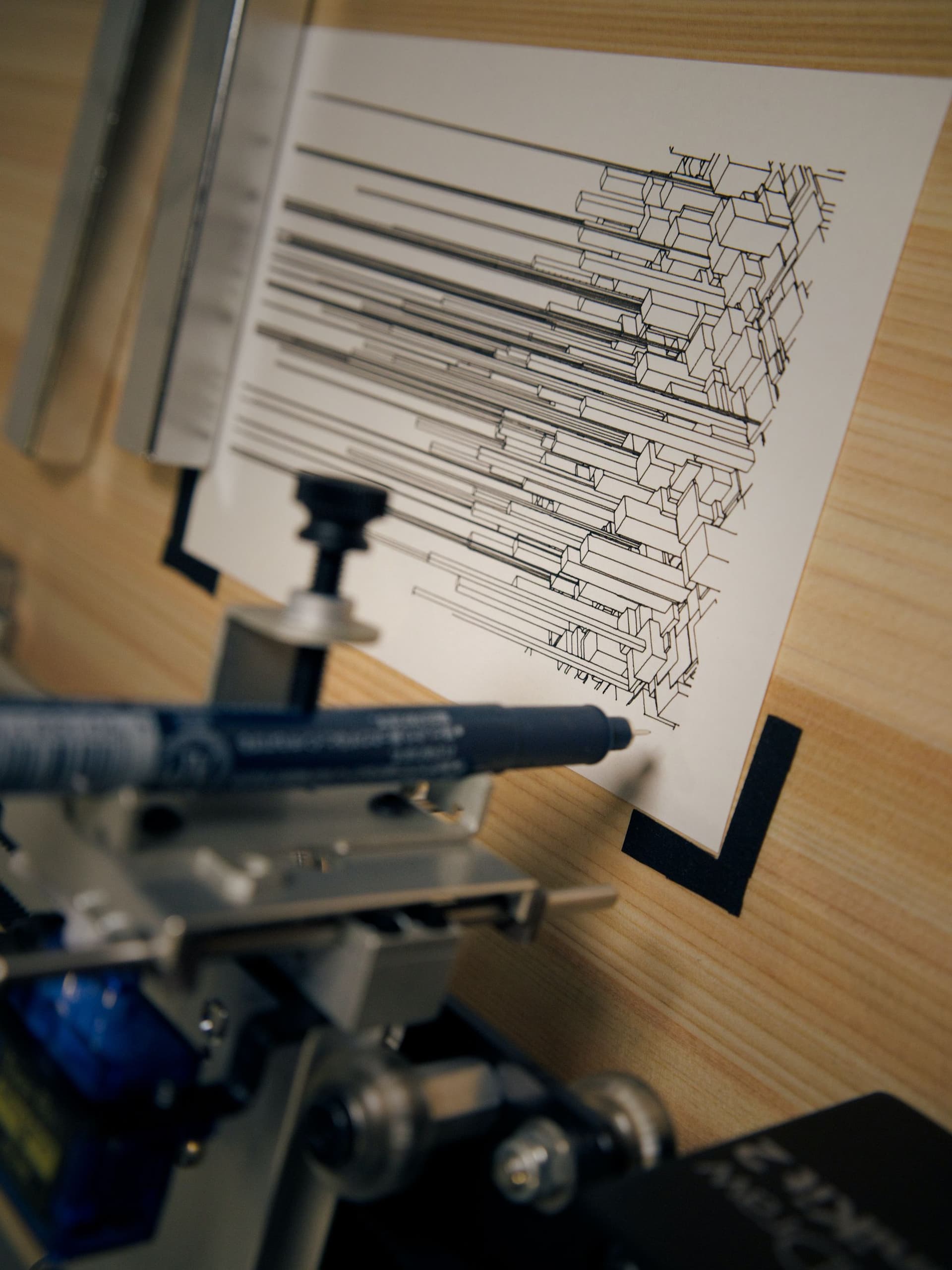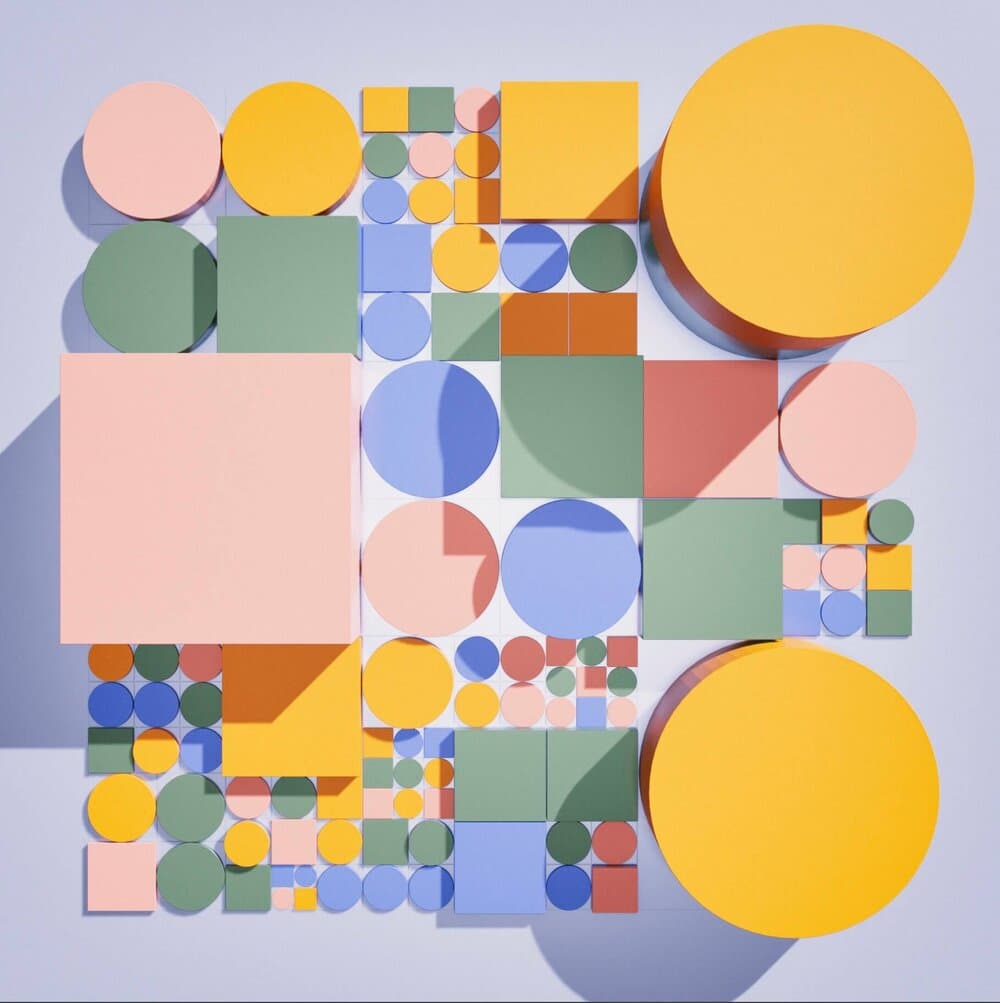AI in Art & Design
Algorithm 🔍 art can be made with examples, software, and other tools.

Generative art-tool/airbrush>art is a way of making new ideas, forms, shapes, colours, or patterns with the help of algorithms. First, you make rules that set limits for the process of making something. Then, a computer will follow those rules to make new works for you.

Traditional artists might spend days or even months working on one idea, but generative code artists use computers to come up with thousands of ideas in a matter of milliseconds.
Generative artists use the power of modern computers to create new styles of art. They do this by telling programmes to run within a set of artistic rules and guiding the process to the result they want.

The best online course for generative art, according to us:
If you want to learn how to make your own generative art, we have two suggestions:
- New York University's popular online course is great.
- The book The Nature of Code is also a great resource on this subject.
Now, let's look at a few examples.
Michael Hansmeyer is an example of generative art.
Michael Hansmeyer is an architect who thinks of Generative Design as "thinking about designing not the object, but a process to make objects."
The process makes it easier to create happy accidents and new ideas that would normally take a long time to find.